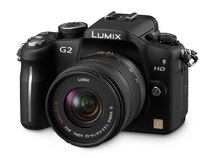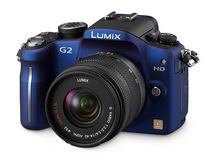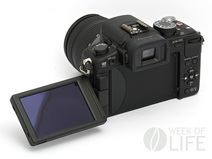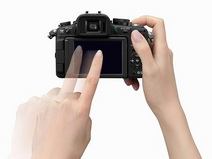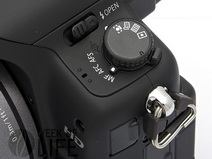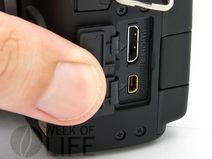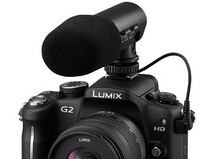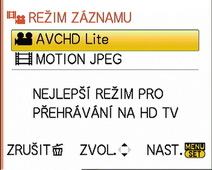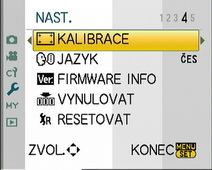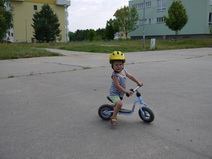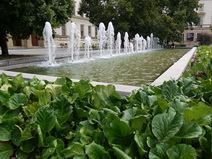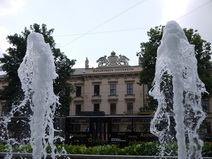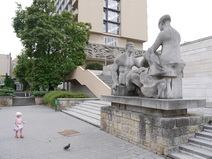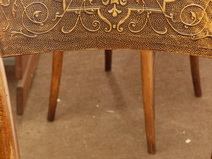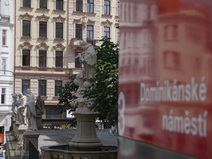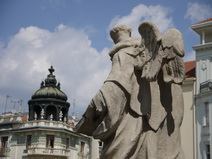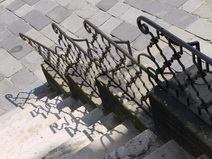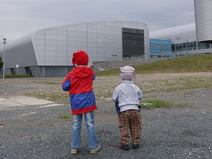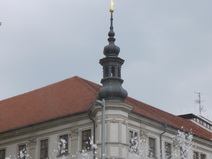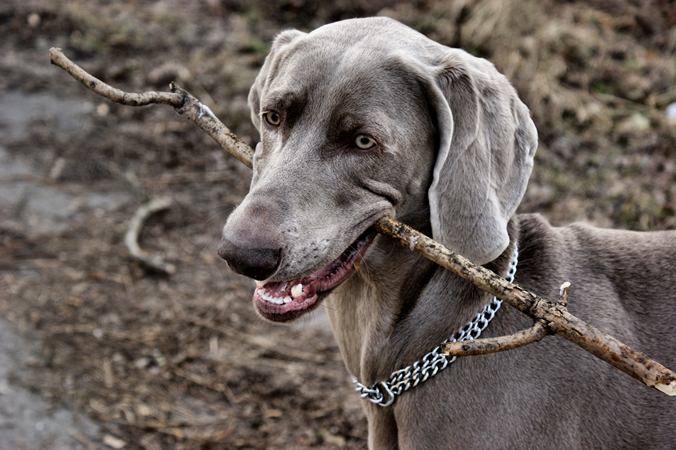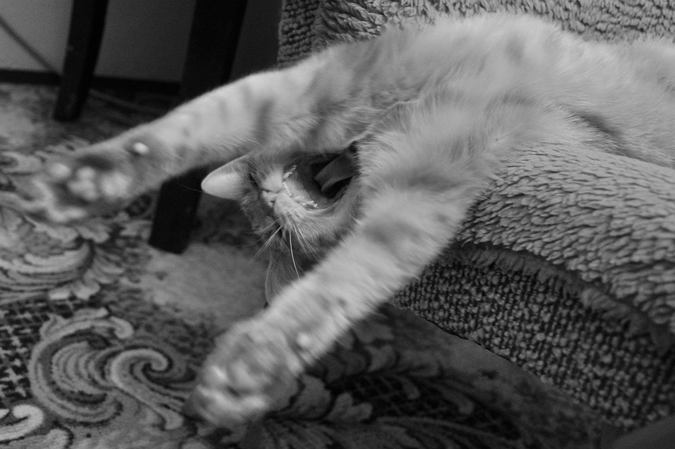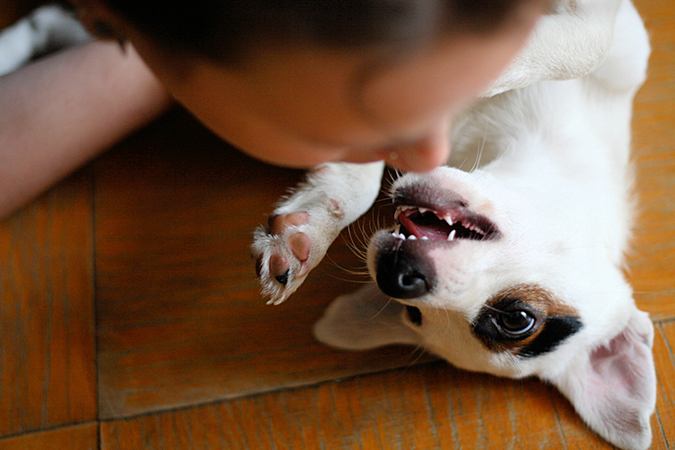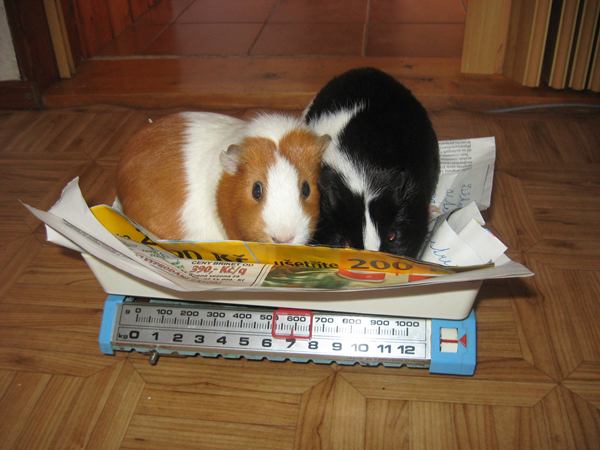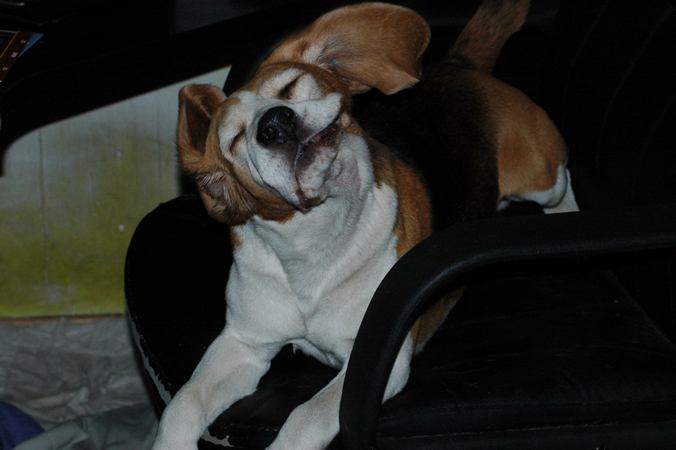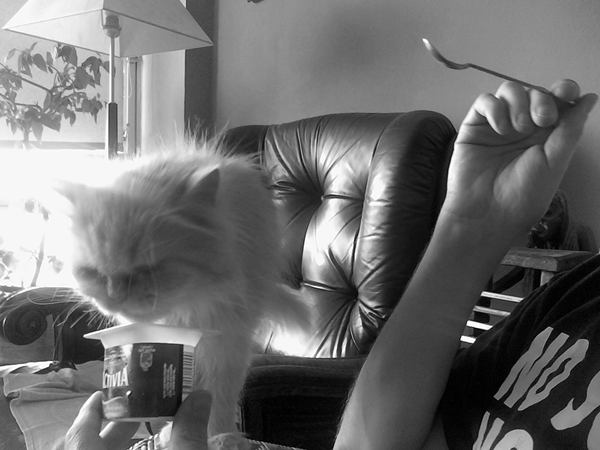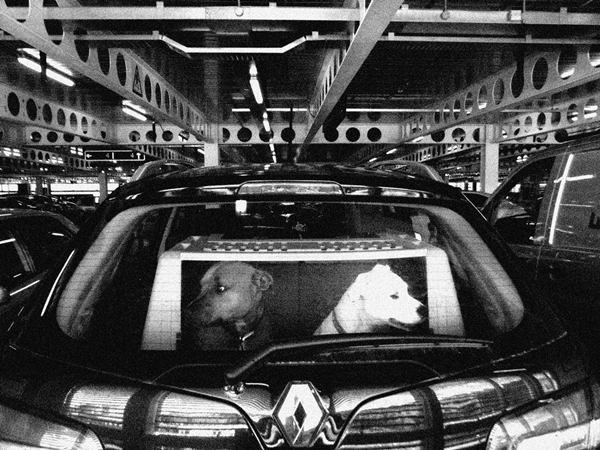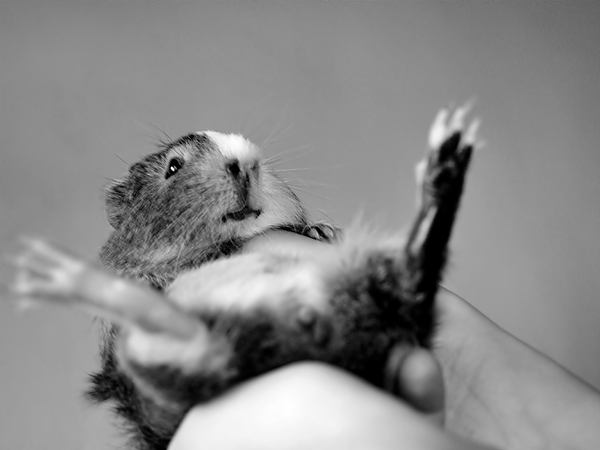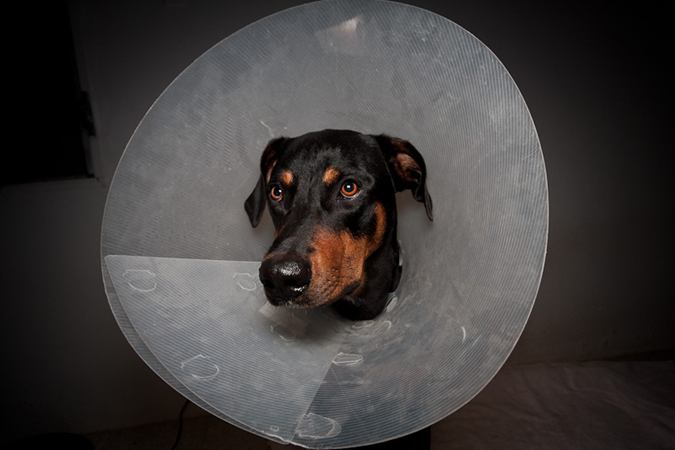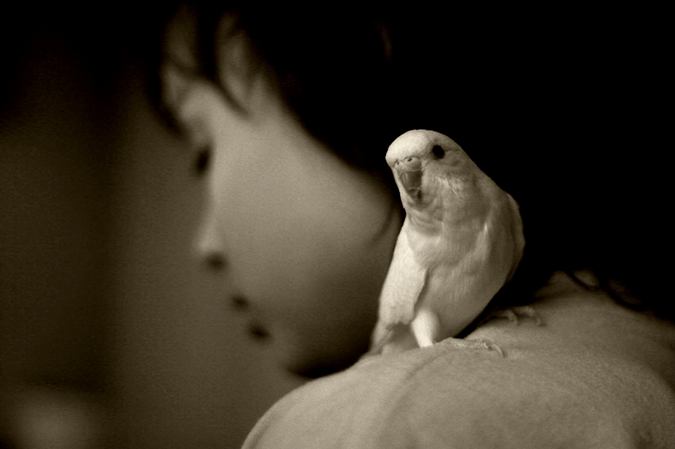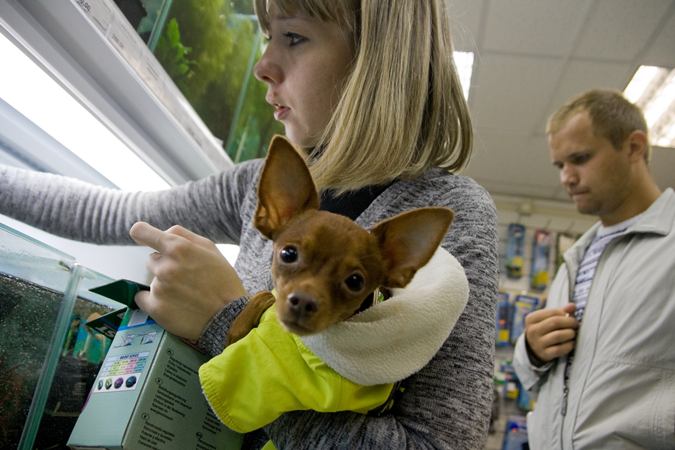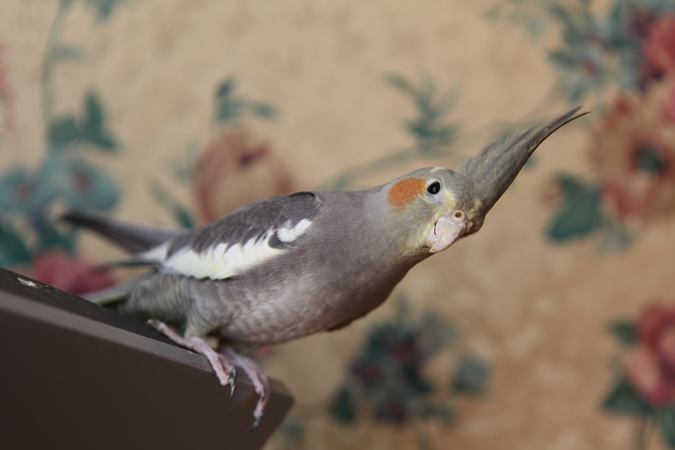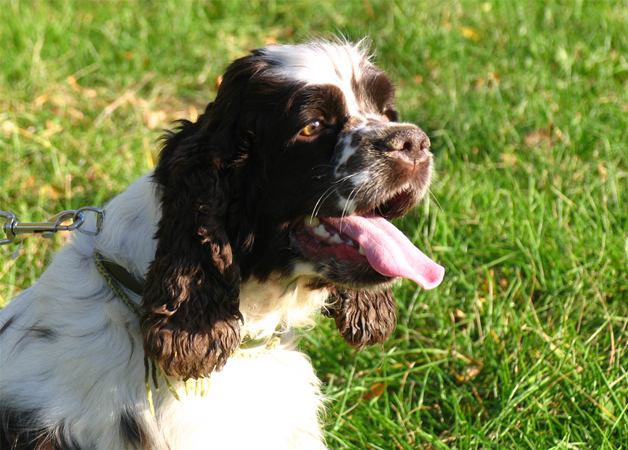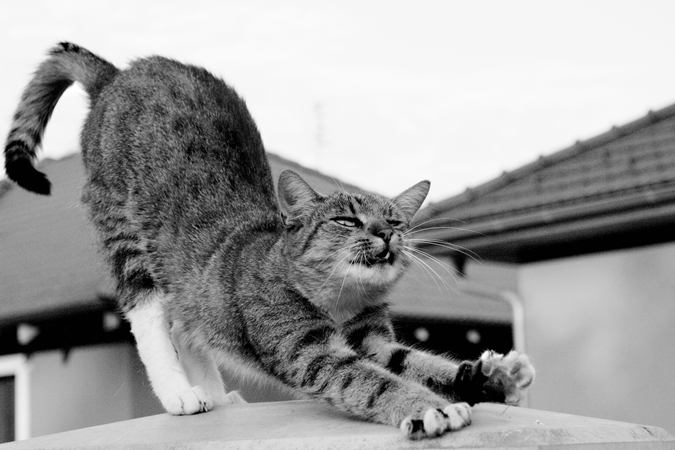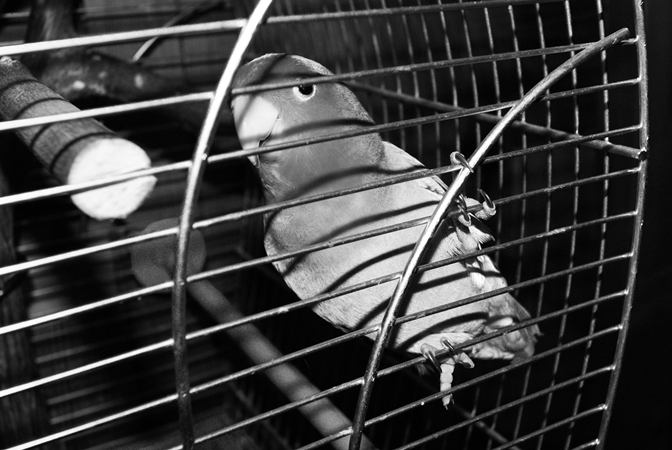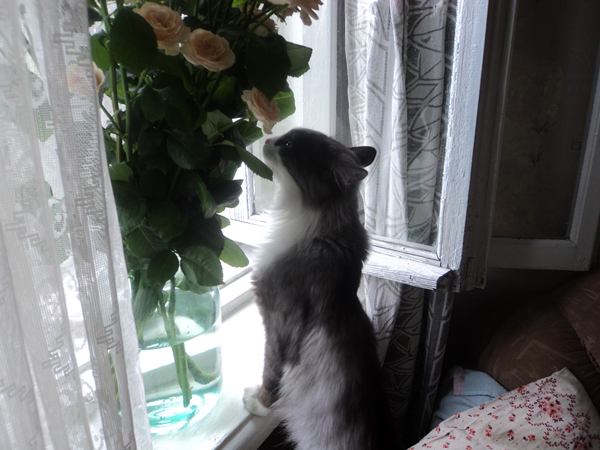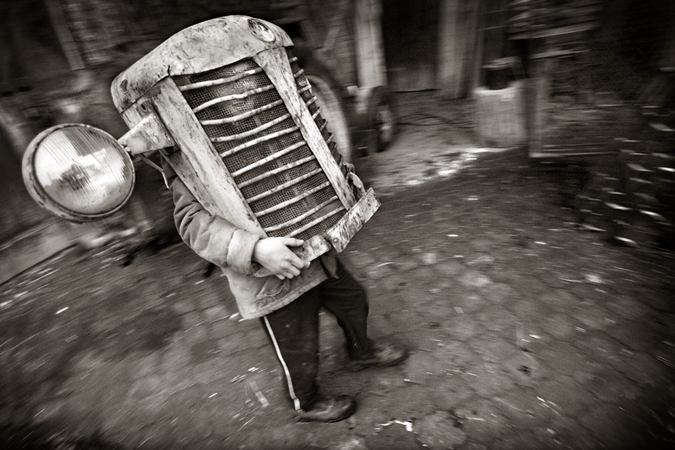Kamil Kašpárek, Purchaser, Czech Republic
His first week was a clear favorite to be selected for the Editor’s Choice and after publishing his second one, we started to receive strong opinions in favor of his person to be included among the WoL Masters. There is no doubt that Kamil Kašpárek a.k.a. Kaspy belongs in this profound section. The way how he documents his life is an inspiration to all and despite capturing ordinary things and daily activities known to all of us, he manages to portray them in a new and original fashion. In the following interview, you can find out more about his photography beginnings, what he enjoys about it the most, and how he feels about revealing and documenting his privacy.
Towards the end of the summer holidays, we had the possibility to see your first week named ‘Kaspy’s first week’. Based on the comments, the week was a success and with the increasing number of quality weeks, the choice was easy when selecting the 12th Week of Life Master. Your profile shows only basic information, so if you would, please tell us more about yourself, as well as about what led you to photography?
First, I would like to thank you for being selected, you really made me happy. Back to the question. I come from the city of Mikulov in the region of the Pálava hills, but at the moment, I live and work in Brno. I am 26 years old and very happy in my role as a future father. I love nature, everything that lives and life as it is; I think that led me to photography. One fall day, on my way home from school in Pardubice, I suddenly felt the urge to document the beauty of nature we were passing. It was around the city of Česká Třebová and I remember the light, the atmosphere as if it were today. One month later, I became the owner of my first camera – the Olympus C-760 Ultra Zoom. The year was 2004 and I slowly started to acquaint myself with photography.

Your profession as a purchaser sounds interesting. One of the Masters is a salesperson and many don’t see the difference between the two. What is your profession about?
There is a rather huge difference, since I am more in the position of a customer rather than a sales person. Purchasing consists of ensuring that certain commodities are in stock in the warehouse or for wholesale of the company that later sells these products on the Czech market through their sales force. I purchase intermediate goods such as stainless steel and I dare to say that it is so specific, that you cannot predict its price development. The more unpredictable it is, the harder is my job, since you need to have just enough goods for the best price possible.

You use color as well as black and white in your photographs. Some of your weeks are dominant with color, some with b&w. Are these combinations random or is it a deliberate use of photography in order to express your feelings to the viewers?
At first, I indulged in live colors and loved all that was colorful, alive, joyful, but after a certain phase, I change my perception of the photographs and color is no longer enough to send the message across. Black and white simply has more ‘depth’, there are no colors to distract the viewers, letting the essence of the image stand out. I try to absorb the emotions of the photograph and if I feel that it needs to have color, it will be in color and vice versa. Photos can’t interfere with one another and I want them to act as a compact unit in terms of a day or a week.

A few days back, the photo topic ‘Intimacy’ was published on the website. Some members have many more weeks than you do, but have not appeared in the selection. Do you consider your photographs more intimate than the photos of others?
And where is your border line for what can be published and what should stay private?I don’t dare judge how private the photos of others are. What I try to aim for is for each photograph to be the insight into to my life and how I perceive my surroundings, what I go through, what I feel. Perhaps for these reasons were my images chosen for this photo topic.
I’ve been pushing the limits of intimacy further ever since I started photographing life. However, I always set the line which I don’t cross no matter what, since my main inspiration involves my wife, family, the place where I live and so on. The images can’t be vulgar or offensive. They should evoke the sense of what is dear to us and what we consider familiar; the only difference is that it’s all through my perspective.

As you have mentioned above, you are expecting your child to be born soon. This is clearly evident in your weeks. Are you deliberately capturing these moments of expectation, or is it all just a coincidence?
Now there is a good suggestion. I wouldn’t call it a deliberate series of photos, but I do try to document it so that we see how something so little can change a person’s life. I am looking forward to my new black background arriving, so that we can fully enjoy the ‘in the dark’ images. It would be a shame not to capture the beauty of female curves, so eagerly waiting to be photographed.

Now, the obvious question – How did you find out about the project? It is not the easiest of tasks to photograph an entire week. What kind if impulse made you join the cause of the project?
I heard about the project from Jan Nožička, but felt no need to join. However, I monitored how Week of Life kept expanding and it pulled me in with its diversity and overall idea. And when I tried documenting an entire day, I decided that next time, it has to be a whole week. Now, I’m documenting my 5th week and I have a feeling there is plenty more from where that came from.

Currently, there are 34 countries involved in the WoL project. Some countries are represented by a large number of weeks, some have a single set. If you could choose, which of the member countries would you wish to document and for what reason?
If I had to select one, it would definitely be Australia. The country of the Aborigines with endless deserts, tropical forests, The Great Barrier Reef, the underground city, the longest straight road in the world, Wave Rock, Road trains etc… It’s a fascinating region on the planet, where I’d go immediately if possible.

You have been photographing for some time now. You have surely found a favorite photographer, either from the Czech sphere or the international one. Would you be so kind as to share with us who your favorite photographer is and why?
There are actually many names I have been following. Locally in the Czech Republic, the first name that comes to mind is Josef Sudek for his still life, discovered places. The prototype for success is in my eyes Adolf Zika, thanks to his attitude towards photography. Then, Jan Sudek, although his photos are a little over the top. Ladislav Kamarád and his crazy traveling. From my surroundings, definitely Marta Černická for her artistic and unbelievably delicate portrayal of her images. And finally, Matej Kmeť and Ondřej Nosek for their portrait photos. From the international scene, it would have to be Sebastião Salgado. Additionally, I’d like to see the document Workers in its initial phase.

When photographing your weeks, you put together pictures from many different categories. Landscape, still life, macro, reportage, portrait, nudes, family photos and so on, together combined as a document of your life. The last category, family photos, is often forgotten and even purposely excluded in many internet galleries. In your opinion, how should family photography look like, so that it is interesting to a wider audience than just the family members and people around them?
I find the statement of Václav Havel interesting. I don’t remember it word by word, but he said that a photograph should be smarter than the photographer himself, for everyone to find their own point of interest.
Sometimes it only takes one to think about it from the perspective of a stranger and why a specific photo should be of interest to them. So, the approach is decisive, not the theme.

The WoL project keeps expanding and it is not only due to the increase of its members and their weeks, but also thanks to new sections. Do you have a favorite section and is there something specific you’d like to see on the website in the future?
I like to follow reportages, stories behind pictures and especially remote places. And it is exactly these weeks from distant countries that I would like to see the most on the website.
Weeks of Kamil Kašpárek
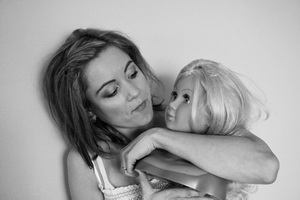 What is so specific about maternal leave? How does it even feel to be a mother? What do women experience and how does the existence of their child affect their own personal needs? Do they have free time for themselves after they tuck in their children at night? And if so, how do they spend it? This photographic documentary created by Zuzana Bobovníková,who has been on maternal leave herself, busts myths and stereotypes about mothers as we all know them. Her unconventional insight into the lives of women and the style in which she presents it shows us that mothers are too human beings in need of the occasional time off. Yes, they need to take care of their children, but enjoying their free time does not make bad mothers out of them. On the contrary – Each and every photo shows how much they love their children and that motherly love truly has no boundaries. (WoL)
What is so specific about maternal leave? How does it even feel to be a mother? What do women experience and how does the existence of their child affect their own personal needs? Do they have free time for themselves after they tuck in their children at night? And if so, how do they spend it? This photographic documentary created by Zuzana Bobovníková,who has been on maternal leave herself, busts myths and stereotypes about mothers as we all know them. Her unconventional insight into the lives of women and the style in which she presents it shows us that mothers are too human beings in need of the occasional time off. Yes, they need to take care of their children, but enjoying their free time does not make bad mothers out of them. On the contrary – Each and every photo shows how much they love their children and that motherly love truly has no boundaries. (WoL)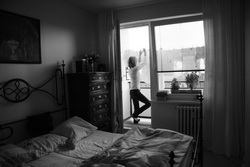
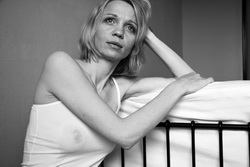

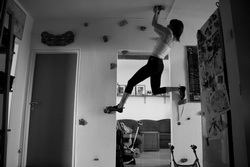 I photographed each picture in the privacy of the mother’s home. After several experiments indoors and outdoors, I came to the conclusion that a person feels at ease and most secure in the privacy of their own home, letting the photographers reach their eventual goal of capturing the right images – in this case, it was to photograph mothers without their children in a way that when viewing the final set of pictures, it would be evident that these photographs of females have something in common.
I photographed each picture in the privacy of the mother’s home. After several experiments indoors and outdoors, I came to the conclusion that a person feels at ease and most secure in the privacy of their own home, letting the photographers reach their eventual goal of capturing the right images – in this case, it was to photograph mothers without their children in a way that when viewing the final set of pictures, it would be evident that these photographs of females have something in common.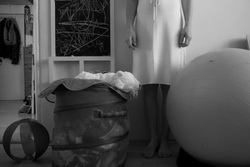
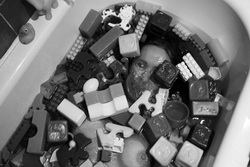

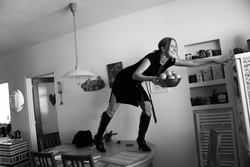
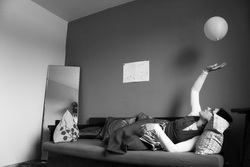

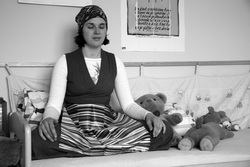
 In a way, it was all some sort of a social event, a reason to get together. Some of the women were my closest friends about whom I knew a lot of personal information. I found out even more, about their hobbies, their joys and their concerns. It was not so easy with the rest of the mothers. I knew most of them from the children’s playground and it took a while for me to earn their trust and for them to feel comfortable in front of a camera. The captured moments on the photos were never arranged or made with a specific purpose; they are simply a showcase of every woman’s life.
In a way, it was all some sort of a social event, a reason to get together. Some of the women were my closest friends about whom I knew a lot of personal information. I found out even more, about their hobbies, their joys and their concerns. It was not so easy with the rest of the mothers. I knew most of them from the children’s playground and it took a while for me to earn their trust and for them to feel comfortable in front of a camera. The captured moments on the photos were never arranged or made with a specific purpose; they are simply a showcase of every woman’s life.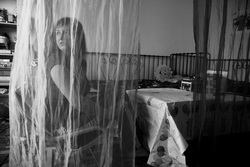
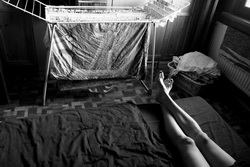
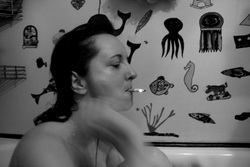
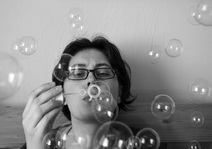
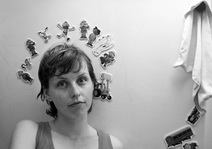
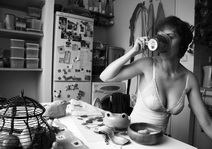

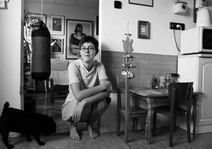
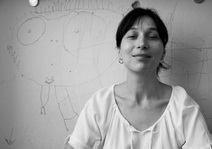
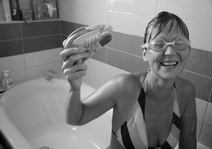

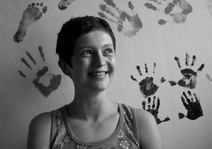
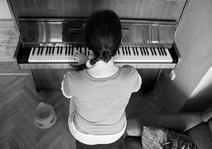
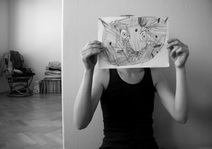
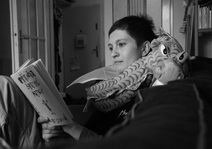



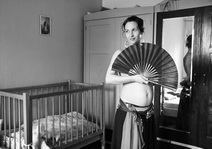
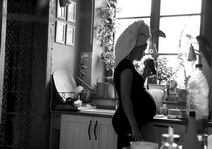
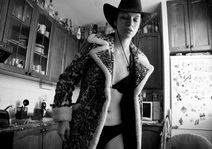

 Photography is a tumor. A long while ago, photography ceased to be the domain of Japanese tourists who spend their vacations with eye pressed against viewfinder. Then they come home and, with a square imprint on their face, look at the photos to find out where they were. Contemporary civilized humans need to have cameras on them at all times – even those in cell phones will do – so that they are able to make lasting memories of everything everywhere. (These lasting memories always last till they lose the phones.)
Photography is a tumor. A long while ago, photography ceased to be the domain of Japanese tourists who spend their vacations with eye pressed against viewfinder. Then they come home and, with a square imprint on their face, look at the photos to find out where they were. Contemporary civilized humans need to have cameras on them at all times – even those in cell phones will do – so that they are able to make lasting memories of everything everywhere. (These lasting memories always last till they lose the phones.) But some people really are different from the others – unlike normal people, they use their cameras 24/7. On literary servers, you can find polygraphs capable of puking out two novels in an afternoon; similarly, there are users on WoL able to shoot eleven weeks in a month. I suspect that some of them live just because they want to have something to show on WoL and that they, similarly to the above mentioned Japanese tourists, must have square imprints on their faces. In the evening, they sit down at their computers to find out what they actually did that day. The stories, though, are different: some people are like tourists fascinated by visiting their own lives; others take pictures for an endless family album; others still are creating a private, highly intimate diary, later to be shown to thousands of people.
But some people really are different from the others – unlike normal people, they use their cameras 24/7. On literary servers, you can find polygraphs capable of puking out two novels in an afternoon; similarly, there are users on WoL able to shoot eleven weeks in a month. I suspect that some of them live just because they want to have something to show on WoL and that they, similarly to the above mentioned Japanese tourists, must have square imprints on their faces. In the evening, they sit down at their computers to find out what they actually did that day. The stories, though, are different: some people are like tourists fascinated by visiting their own lives; others take pictures for an endless family album; others still are creating a private, highly intimate diary, later to be shown to thousands of people. The way one perceives his or her living space is also dependent on the equipment. In this respect, WoL is truly democratic: you can make pictures with whatever catches your fancy (I don’t exactly mean a woman with huge bosom or a chicken soup with noodles). For instance, I’m using a small pocket camera – despite its wide lens it doesn’t take up too much space, though it’s true I had to grow a beard because it’s pink and people might mistake me for a woman. With a big black camera I would definitely look like a better photographer, especially if it had a beige telephoto lens, but on the other hand, it would make me look a bit suspicious if I used it at a swimming pool.
The way one perceives his or her living space is also dependent on the equipment. In this respect, WoL is truly democratic: you can make pictures with whatever catches your fancy (I don’t exactly mean a woman with huge bosom or a chicken soup with noodles). For instance, I’m using a small pocket camera – despite its wide lens it doesn’t take up too much space, though it’s true I had to grow a beard because it’s pink and people might mistake me for a woman. With a big black camera I would definitely look like a better photographer, especially if it had a beige telephoto lens, but on the other hand, it would make me look a bit suspicious if I used it at a swimming pool.
